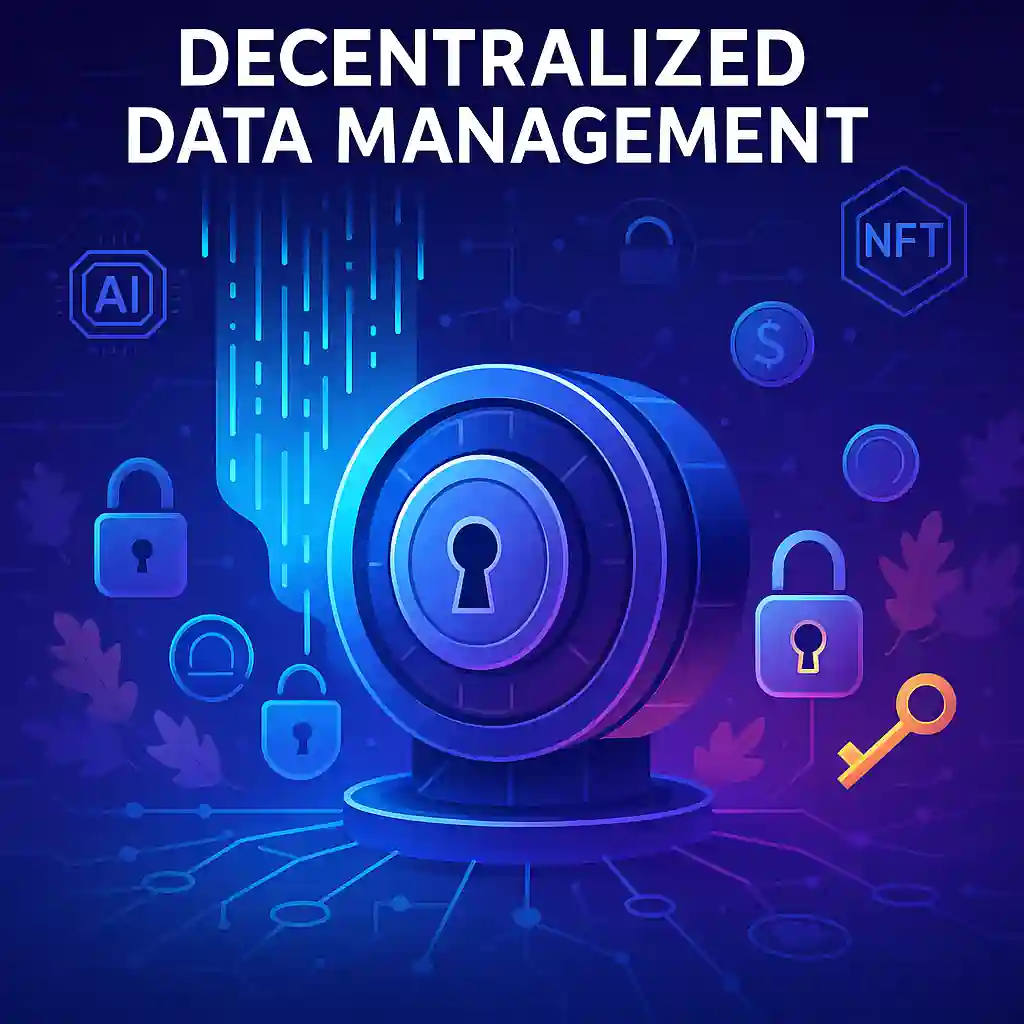A new milestone in decentralized data management
Decentralized data management has been hailed as one of Web3’s most transformative innovations. However, many experts argue it has not yet achieved its full potential. Rebecca Simmonds, Managing Executive of the Walrus Foundation, explained that today’s Web3 storage solutions leave much to be desired. Data is often public by default, encryption falls on developers, and access control is brittle or absent.
Seal introduces access control
This is where Seal’s mainnet launch becomes a turning point for decentralized data management. Developed by Mysten Labs, Seal introduces decentralized secrets management (DSM) that finally integrates access control. For the first time, users can determine who can access data stored on Walrus’ decentralized platform. According to Simmonds, this makes access control the “killer feature” for Walrus, addressing one of the largest gaps in decentralized data management.
Why access control matters
Access control fundamentally changes how decentralized data management can be used. Traditionally, open access meant that anyone could view or retrieve information, limiting the technology’s adoption for sensitive or commercial data. Seal’s innovation allows builders to decide who accesses data, when they access it, and whether payment is required. This level of control elevates decentralized data management from experimental storage to enterprise-ready infrastructure.
Threshold encryption and programmability
Seal also incorporates threshold encryption, enabling programmable and fine-grained permissions within decentralized data management. This creates opportunities for monetization and advanced applications. For instance, data owners can sell temporary access to AI models, allowing them to process sensitive datasets securely. Content creators could also gate their music, videos, or documents using NFTs as access keys. These features transform decentralized data management into a flexible ecosystem.
Expanding possibilities for Web3
By embedding access control directly into Walrus, Seal unlocks entirely new use cases for decentralized data management. Instead of relying on external apps for security, data integrity is protected at the protocol level. This reduces risks while empowering developers to build innovative solutions around privacy, monetization, and selective sharing. For businesses exploring Web3 adoption, this development could accelerate real-world use cases of decentralized data management.
A shift in user empowerment
Simmonds emphasized that decentralized data management is about putting power back into the hands of data owners. Instead of centralized companies deciding who can access information, Walrus and Seal give individuals and organizations the ability to define rules themselves. This aligns with the core vision of Web3: shifting control from corporations to users while maintaining trust and transparency.
The future of decentralized storage
Seal’s launch highlights how decentralized data management continues to evolve. While storage solutions have existed for years, their utility was limited by a lack of control and monetization options. With access management and encryption baked in, Walrus could position itself as a leader in next-generation Web3 infrastructure. This sets a new standard for other platforms aiming to expand the scope of decentralized data management.




